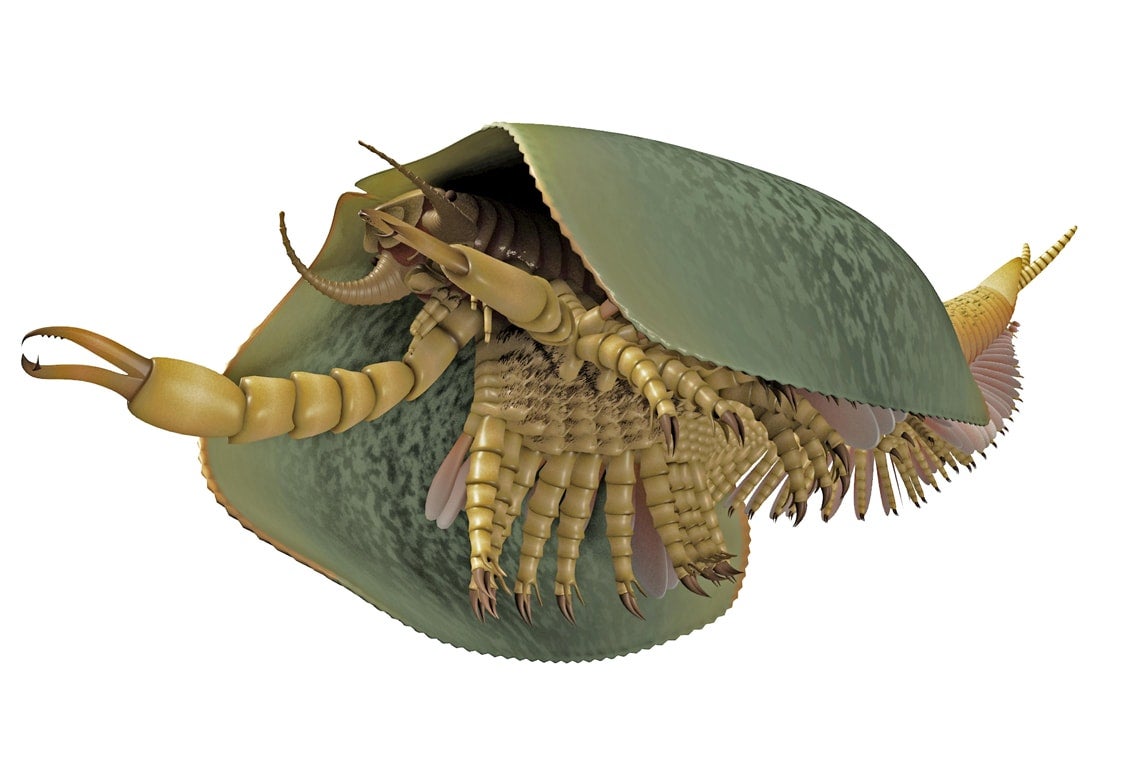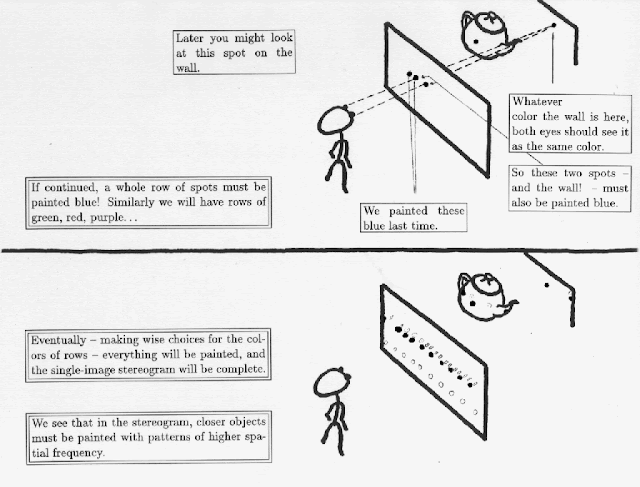Cassini has made its first dive between the rings and Saturn. It is not in contact with Earth at this time and is expected to regain contact via NASA’s Deep Space Network no earlier than around midnight PDT on April 26, 2017 (3 a.m. EDT on April 27, 2017).
A collection of graphics, documents,
videos and other resources that showcase the Cassini mission's
Grand Finale on Sept. 15, 2017...
Cassini Mission Gallery
















